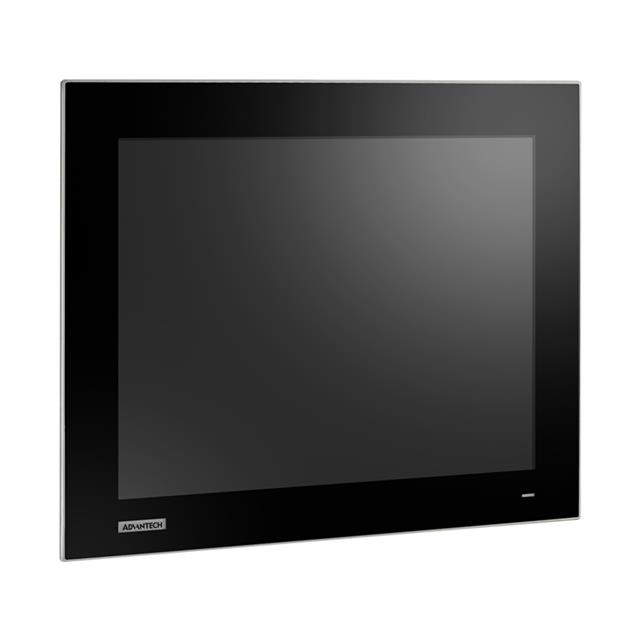FPM-700 Series, Monitors
Results:
3
Manufacturer
Series
Diagonal Screen Size
Dot Pixels
Touchscreen
Interface
Results remaining:3
Applied Filters:
FPM-700
About Monitors
Monitor products are essential components of user interface systems that provide a visual display for text, images, videos, and other forms of visual information. These devices play a crucial role in presenting content to users and enabling them to interact with the system. In addition to their display capabilities, many modern monitor products also integrate touchscreen functionality. This means that the screen can not only show information but also serve as an input device. By incorporating touch-sensitive technology, monitors can detect and interpret user interactions, such as tapping, swiping, or dragging, on the screen surface. The integration of touchscreen inputs allows users to directly interact with the displayed content, making the user experience more intuitive and interactive. The monitor can infer the user's intent based on the context of the information being displayed at the specific screen location and the timing of the user's touch input. Touchscreen monitors have become increasingly popular in various applications, including smartphones, tablets, interactive kiosks, point-of-sale systems, gaming consoles, and digital signage. They enable users to navigate menus, select options, input data, draw or write, and perform other actions directly on the screen, without the need for additional input devices like keyboards or mice. By combining display and touch capabilities, monitor products provide a seamless and immersive user experience. Users can view and manipulate content in a more natural and interactive way, enhancing productivity, interactivity, and user satisfaction. In conclusion, monitor products serve as visual display interfaces that present text, images, videos, and other visual information to users. With the integration of touchscreen inputs, they also function as user input devices, allowing users to interact directly with the displayed content. This integration has revolutionized user interfaces in various industries, providing more intuitive and interactive experiences.

